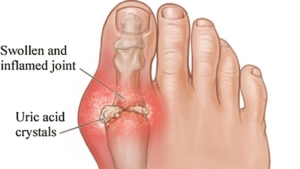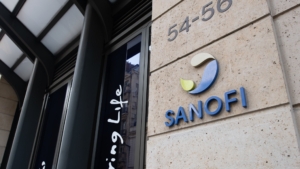
Microbiota contribute to skin damage in cancer therapy
New research demonstrates that disruption of EGF receptor signalling allows commensal bacteria to invade hairs and cause skin lesions.
EGFR inhibitors such as erlotinib interrupt the growth of cancer cells and are approved to treat malignancies such as lung and colorectal cancer. However, EGFR blockers can also cause severe rashes on the face and other areas of the skin, which makes patients less likely to adhere to the treatment. The new findings of Austrian, German, Czech and Swiss researchers explain why blocking of EGFR cause skin damage and open up an avenue for optimisation of EGFR-targeted cancer drugs.
Jörg Klufa and colleagues from Comprehensive Cancer Center in Vienna, Austria, discovered that disrupting EGFR left mice vulnerable to skin inflammation caused by hairs erupting through the skin barrier. In normal conditions, growing hairs break through the skin barrier, which is quickly repaired by skin stem cells. However, Klufa et al. saw that deleting EGFR in the skin of mice or treating mice with erlotinib curtailed the restorative powers of skin stem cells, which prevented the skin barrier from fully healing after hair eruption.
As a result, commensal microorganisms such as Staphylococcus aureus can invade the skin through the broken skin barrier, which led to inflammation and irritation similar to that seen in skin conditions like atopic dermatitis. The authors also discovered that preventatively treating EGFR-deficient mice with the growth factor FGF7 preserved the skin barrier without inducing tumour growth. They conclude that future studies should examine whether FGF7 could mitigate skin damage in cancer patients receiving EGFR inhibitors.


 Alexander Sievert Photography
Alexander Sievert Photography  John Kiel - wikipedia
John Kiel - wikipedia Sanofi
Sanofi